SILT U Projects

Isotope Forensics of Gulf of Mexico Deepwater Horizon Oil Spill

N. Atlantic Radiocarbon Records and Heat Transport
Records of age-corrected radiocarbon (14C) from corals and
sclerosponges (collected and shared by researchers at the
Stable Isotope Laboratory of the University of Miami) will
be used to constrain heat transport by the Subtropical Cells
(STC’s) of the tropical N. Atlantic Ocean. Locations of the
records in the Bahamas (subsurface return flow) and the
island of Principe (equatorial upwelling zone) will be
compared to records from the Cape Verde Islands (frontal zone between upwelling and subducting water masses) to constrain positioning of the upwelling and subduction zones that comprise the STC’s. These data will be used to attempt to constrain oceanographic influence on Caribbean proxies that show a larger-than-global-average temperature increase for the 20th century.
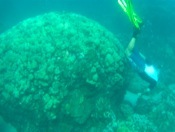


The SILT U group has continuously sampled oil deposited along the coast of Grand Isle, Louisiana, and in Barataria Bay, Louisiana, since June, 2010. Isotopic measurements have tracked the weathering and mixing of this oil. Isotope measurements on individual compounds will allow us to “fingerprint” it. In June, 2012, SILT U sampled bottom sediments as part of the Consortium for Advanced Research of Hydrocarbon Transport in the Environment (CARTHE). This was the first of three cruises; the second is now planned for June 24-29, 2013. The 2012 cruise has led to one submitted article (Marine Geology) and another two in the pipeline. The 2013 cruise will aim to sample along the plume-influenced 1100 m isobath.
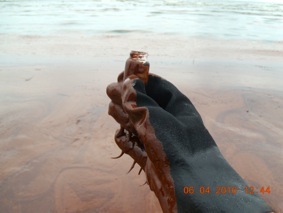
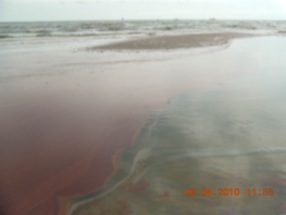








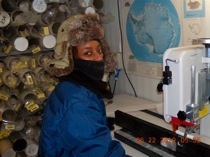
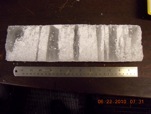
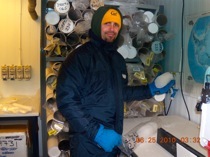

Rivers large and small transport not only water, but sediment and affiliated carbon. Transport of the latter plays an important role in the part of the carbon cycle that is most affected by anthropogenic release of CO2. SILT U personnel are involved in analyzing sediment from the Mississippi River to determine the spectrum
of ages (determined by measuring 14C content)
present in particulate organic carbon sediment
during different flow regimes of the river.
These flow regimes include the 2008 and 2011
high water event. SILT U houses a novel
programmed temperature pyrolysis/
combustion system (PTP/CS) that allows ramped pyrolysis radiocarbon dating.
Mississippi/Atchafalaya River System - Rosenheim et al., 2013, Global Biogeochemical Cycles
Narayani River, Ganges River System - Rosenheim and Galy, 2012, Geophysical Research Letters
Age Distributions of Organic Material Transported by Rivers
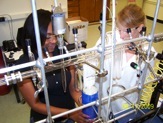




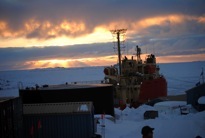


20th century proxy trends (circles = sessile, triangle = planktic) on gridded 20th century trends in ERSSTv3b. FL Keys corals calibrated to ERSSTv3b.



Carbon and Sediment Cycling on the Island of Lana’i, Hawai’i
The island of Lana’i, Hawai’i, has undergone profound changes since the arrival of Polynesians as well as the arrival of colonial settlers. Included in these changes is the formation of a prograding sediment deposit on the NE coast of the island that has buried sections of coral reef, changed drainage channels as they meet the ocean, and buried human structures. SILT U personnel are part of a larger group (Tulane Earth Surface Processes Group and LUMCON Wetlands and Subsidence Laboratory) that is studying the relationships between slope, sediment, and reef as it pertains to land use history.


